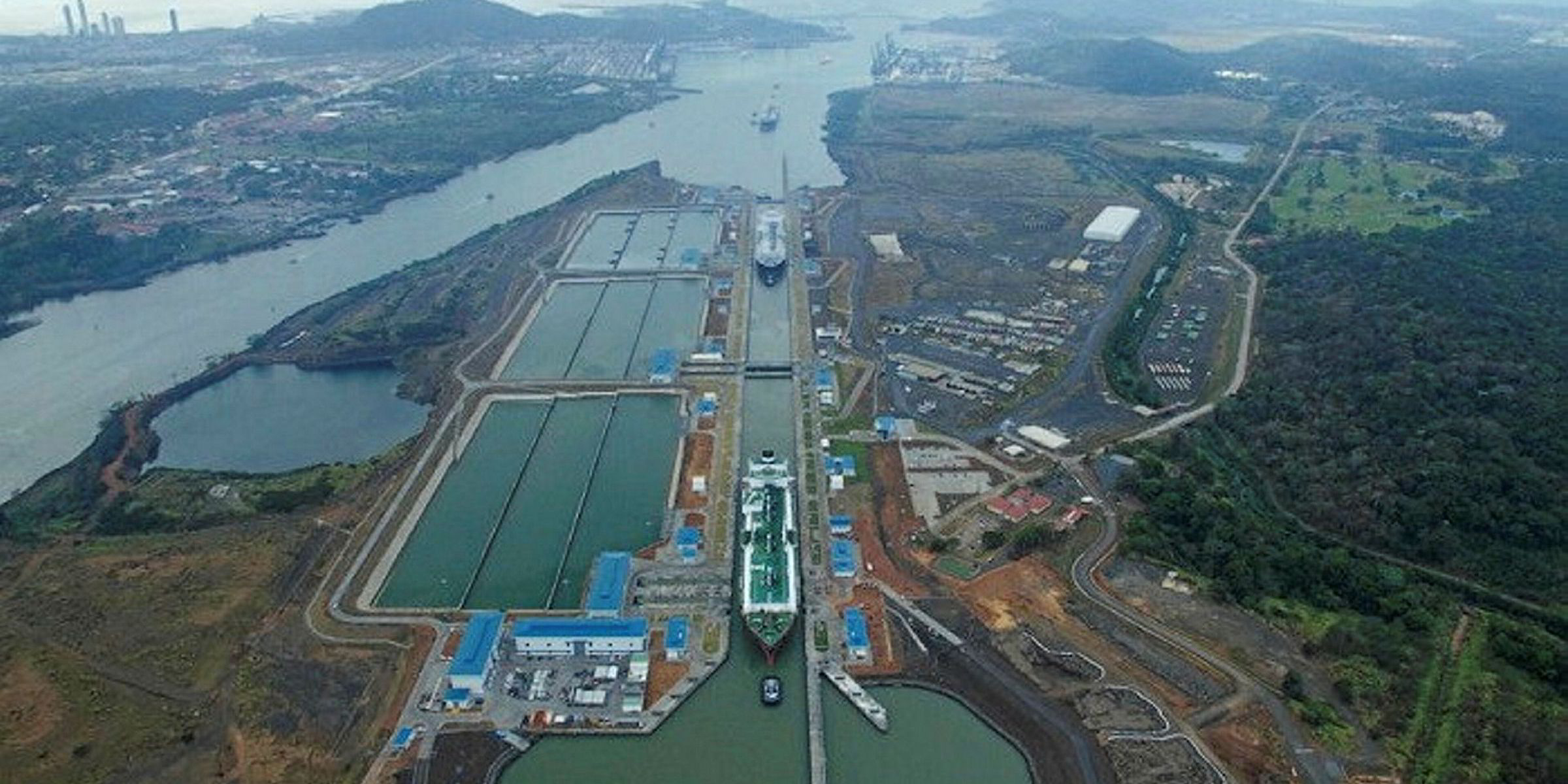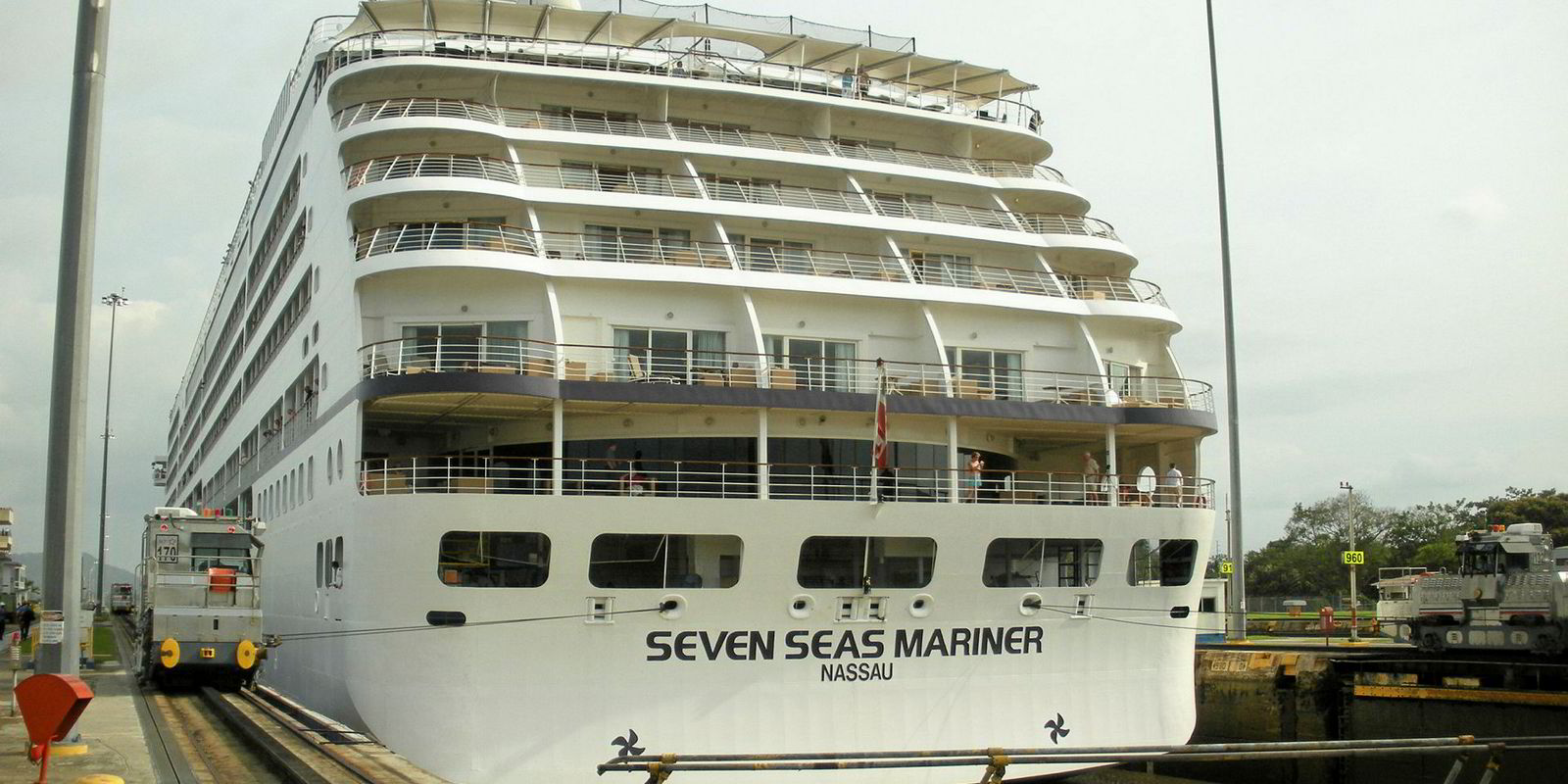The Panama Canal's importance as an international passage continues to grow since its opening in 1914.
The man-made waterway closed out fiscal year 2018 with a record tonnage of 442.1 million Panama Canal tonnes, up 9.5% from the previous year, according to the Panama Canal Authority.
The volume surpasses cargo projections of 429.4 million tonnes for this year and the 403.8 million tonnes reached in 2017.
"The Panama Canal continues to exceed our expectations, reinforcing every day the importance of the waterway's expansion and its impact on global maritime trade," administrator Jorge L. Quijano said.
"This is the results of the efforts of our committed workforce who made this an extraordinary year."
Boxships led the way
The container segment continued to serve as the expanded canal's tonnage leader, accounting for 159 million tonnes of the total cargo.
Tankers, including LPG and LNG carriers, represented 130.3 million tonnes, followed by vehicle carriers' contribution of 49.5 million tonnes.
A total of 62.8 percent of the total cargo transiting the canal had a US origin or destination. Other frequent users were China, Mexico, Chile and Japan.
US held highest activity
In terms of cargo tonnage, the main routes using the canal were between Asia and the US east coast; South America's west coast and US east coast.
Other heavily traveled routes include passages between South America's west coast and Europe, Central America's west coast, and the US east coast and intercoastal South America.




